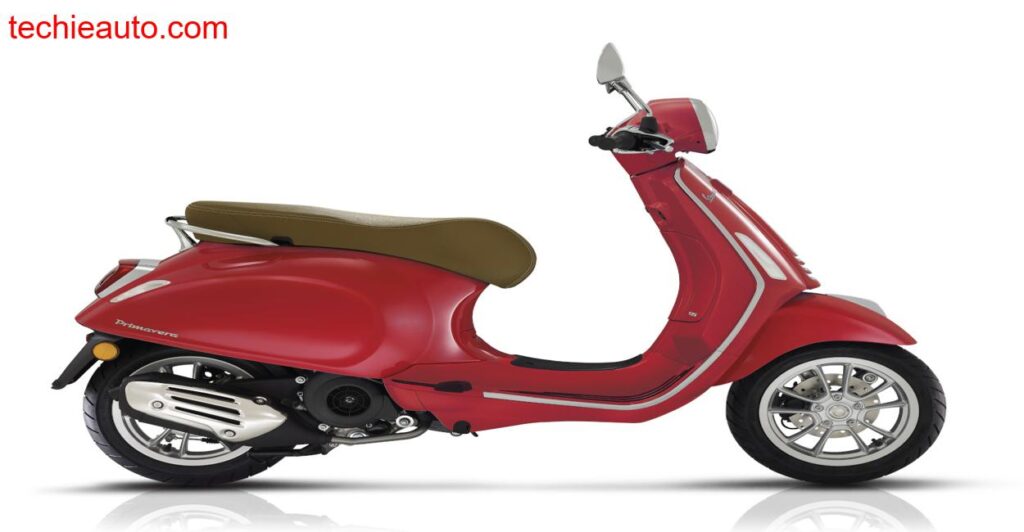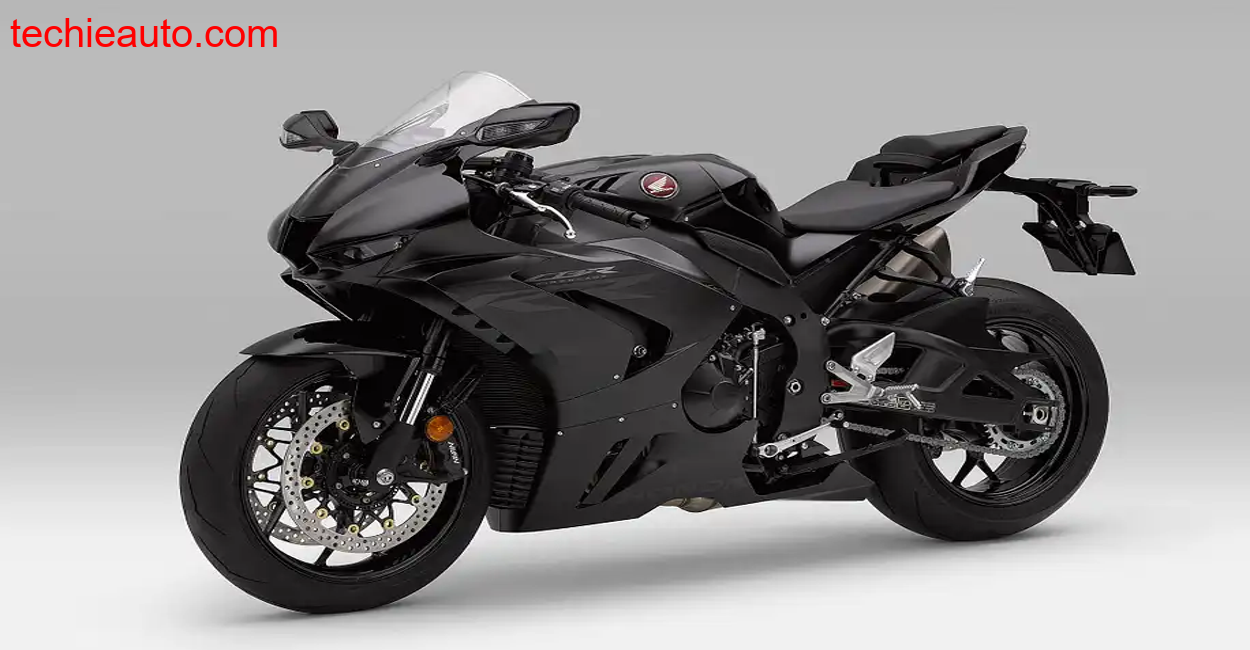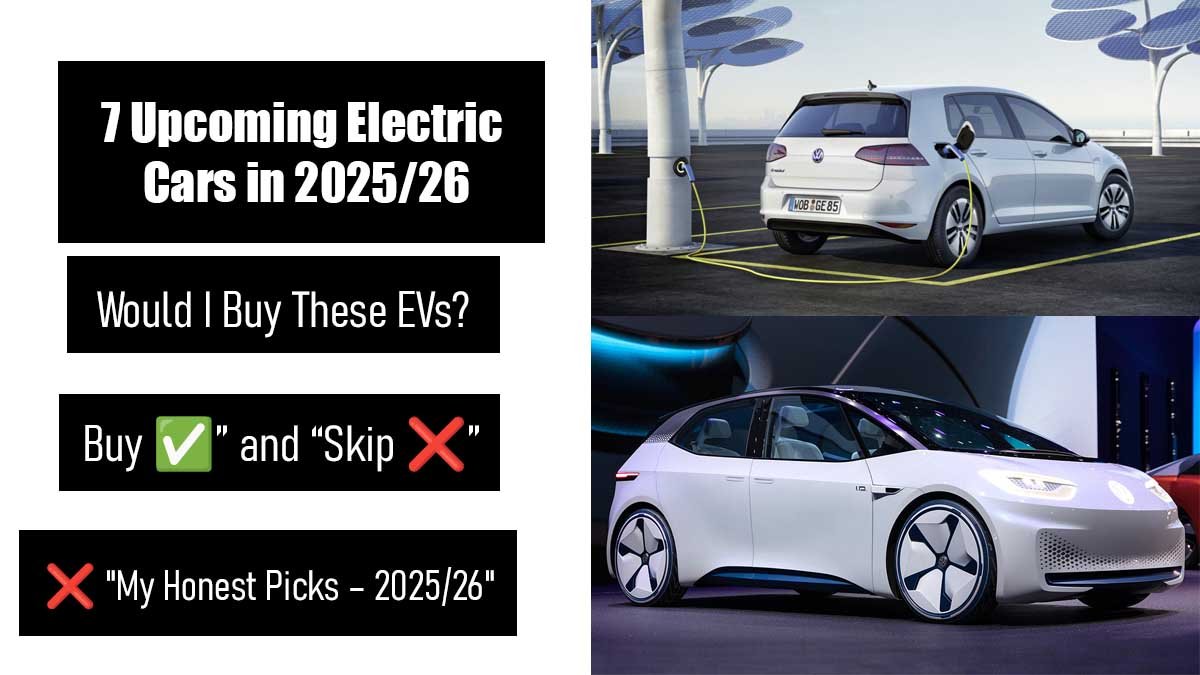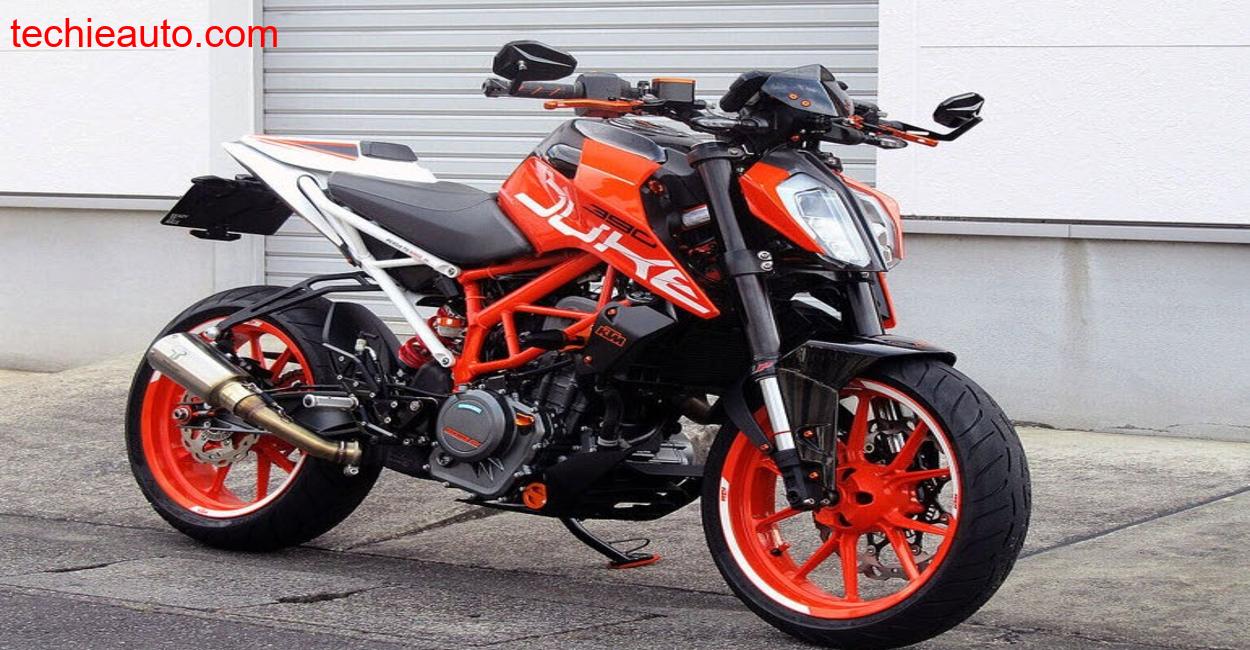
The road from Kanha to Bandhavgarh was less a road and more a collection of intentions loosely held together by gravel, clay, and the occasional asphalt patch. The Primavera 125 felt… out of place at first. Its 12-inch wheels seemed too delicate, its sleek body too clean. But here’s the thing, beneath that pretty Italian dress is a steel monocoque chassis. Not just panels stuck on a frame, but a body that is the frame. It’s solid. It resonates with the kind of structural assurance you don’t expect from a scooter. The cantilevered front suspension, yes, the aircraft-style arm, proved surprisingly good. I hit potholes the size of a mongoose. The Vespa bounced, shivered, but held its line. The 200mm front disc with ABS helped a lot on these jungle descents, especially when startled cows emerged from nowhere. Braking was progressive and stable. That ABS wasn’t just marketing, it saved me a couple of times. Was it fast? No. The 10.7 PS and 10.4 Nm won’t win you any races. But it’s not about the sprint. The CVT transmission delivered power smoothly. Even when climbing minor hills toward Bandhavgarh, it didn’t strain. But yes, initial acceleration was more tortoise than hare. In forest clearings, where you need that quick zip, it responded like a dreamy yawn. That’s the cost of character, I suppose.
Bandhavgarh to Khajuraho: Retro meets Stone and Sand
Bandhavgarh faded into rearview reflections and mustard fields. Khajuraho lay ahead, its silhouette sketched in sandstone and mythology. The roads were better now, smooth tarmac, winding gently through low hills. Here, the Primavera 125 came alive. At 60–70 km/h, it’s a dream. The scooter purrs with a quiet charm, wind slipping past the curves of that steel body. You don’t fight the Vespa. You dance with it. Every roundabout, every slight turn, effortless. The seating is comfortable for one, manageable for two. But yes, the seat is firm. After about 100 kilometers, I started shifting around. Fuel efficiency? I averaged close to 45–50 km/l. And that’s with aggressive riding and stops. With an 8-liter tank, it’s enough to cover full-day riding between refueling. The instrumentation is elegantly analog, with just enough digital to not feel dated. A clock, a fuel gauge, trip meter, nothing more, nothing less. And that color, the Primavera I rode was finished in a soft pastel blue, with chrome accents and that classic Vespa badge like a time-traveler’s signature. Even the locals stopped to stare. Kids waved. At a roadside dhaba near Panna, an old man asked if it was imported. That’s the thing, the Vespa doesn’t scream. It hums. And people notice.
Design that Feels Like Emotion
What truly sets the Primavera apart isn’t its engine or brakes. It’s its presence. It’s not just retro, it’s refined. The seamless curves, the full-metal body, the way the LED headlights glow like eyes in the dusk, it carries itself like a European film star in a Bollywood village. And somehow, it works. The Primavera satisfies a need many motorcycles and scooters forget, the desire to be seen, not just go. Every time I parked it against the backdrop of a forest temple or a sandstone sculpture, it belonged. Not because it was modern, but because it was timeless.
Technical Specification
| Specification | Details |
| Model | Vespa Primavera 125 |
| Engine | 124.5cc, air-cooled, SOHC, 3-valve, single-cylinder |
| Maximum Power | 10.7 PS @ 7,600 rpm |
| Maximum Torque | 10.4 Nm @ 6,000 rpm |
| Fuel System | Electronic Fuel Injection |
| Transmission | CVT Automatic |
| Chassis Type | Steel Monocoque |
| Front Suspension | Single arm with helical spring and shock absorber |
| Rear Suspension | Dual-effect shock absorber |
| Front Brake | 200mm Disc with ABS |
| Rear Brake | 140mm Drum |
| Front/Rear Tyre | 110/70-12 / 120/70-12 |
| Fuel Tank Capacity | 8 liters |
| Kerb Weight | 122 kg |
| Seat Height | 790 mm |
| Top Speed | ~90 km/h |
| Instrument Console | Analog Speedometer + LCD Display |
Conclusion
The Vespa Primavera 125 is not for everyone. If you want fast starts, feather-light handling, or the cheapest ticket to mobility, this isn’t your ride. But if you want a scooter with soul, heritage, and presence, this is it. It may be small in engine, but it is immense in identity. From tiger trails to temple towns, it held its own. Not with brute force or numbers, but with grace. It is the kind of scooter that makes you slow down, not because it must, but because you want to. You start watching the road, the people, the fields, the clouds. In a world of instant everything, the Primavera is a long, slow espresso. Elegant. Intentional. And very, very Italian.
Is the Vespa Primavera 125 good for long-distance rides?
It can handle long distances if you plan your breaks. The seat is a bit firm and it lacks storage, but it rides smooth and stable at 60–70 km/h. It’s more of a relaxed cruiser than a distance machine.
How is the fuel efficiency of the Primavera 125 in real-world riding?
In my experience from Kanha to Khajuraho, it averaged around 45–50 km/l with varying speeds and terrain. It’s efficient, especially for a full-metal body scooter.
Is the Vespa Primavera 125 worth the higher price compared to Japanese scooters?
Yes, if you value design, heritage, and build quality. The steel monocoque construction, unique suspension, and timeless styling justify the premium. It’s not just a ride, it’s an experience.







